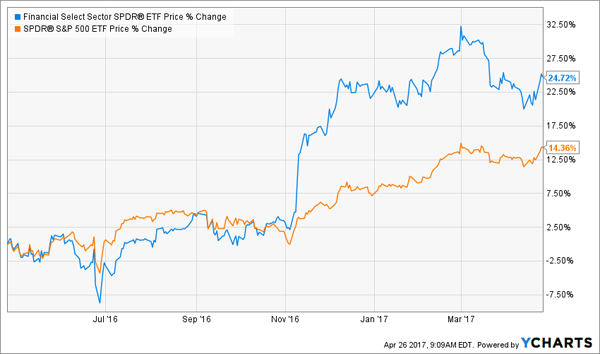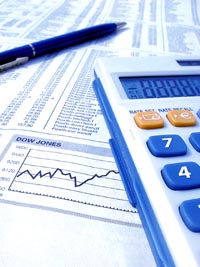How to Bank 35% Returns From Safe Bonds
Brett Owens, Chief Investment StrategistUpdated: May 3, 2017
The ideal “no withdrawal” retirement portfolio is a diversified one. Since you’re reading this, I know you know stocks. But how comfortable are you buying bonds – especially the more obscure issues (which provide the best yields and value?)
Probably not as comfortable as you are with good ol’ dividend paying stocks. But here’s the good news – it doesn’t matter.
You can diversify your portfolio, bank safe 9% yields and hire one of the best bond managers on the planet. For free, to boot! It just requires a bit of contrarian thinking – and knowing which publicly traded funds these guys are managing behind the scenes.… Read more




